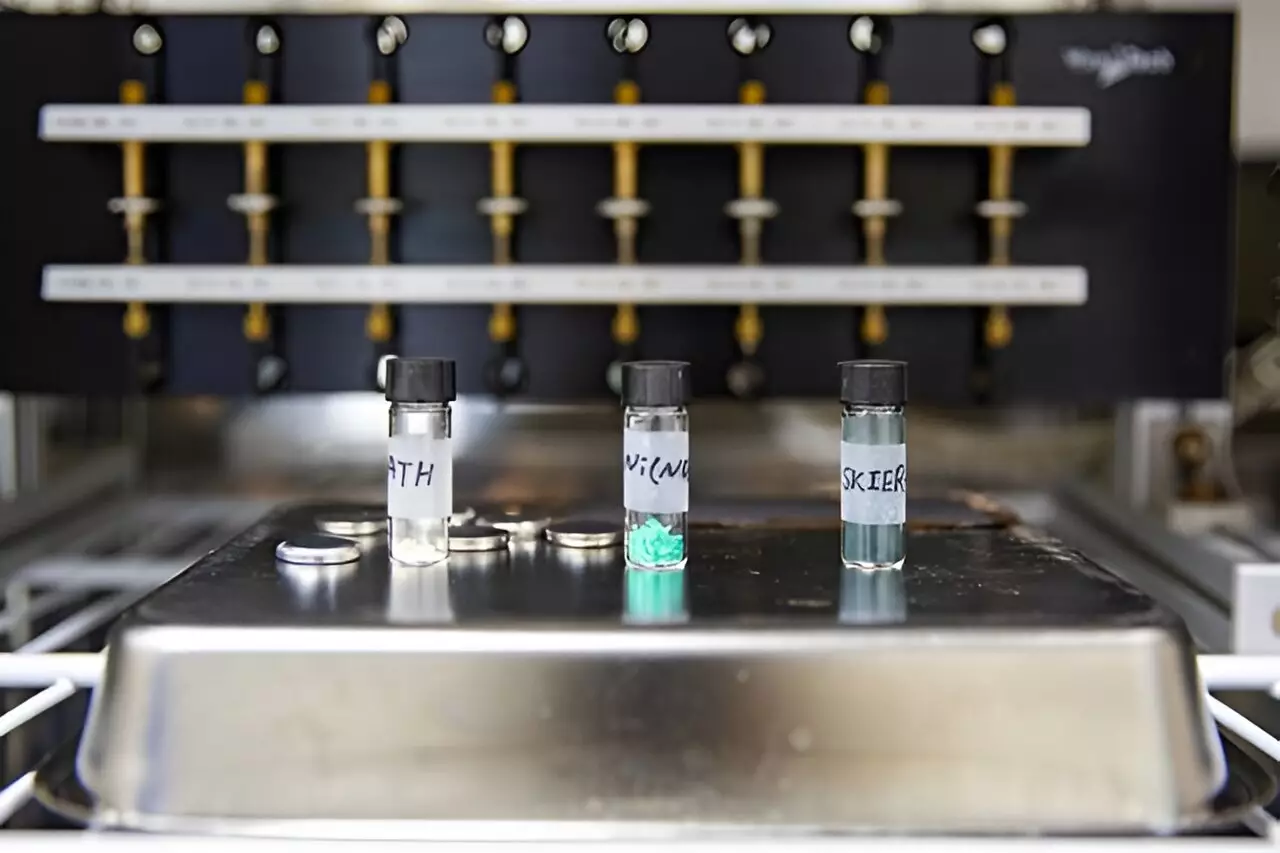The Korea Institute of Energy Research (KIER) has recently made significant strides in battery technology with the development of a redox-active metal-organic hybrid electrode material known as SKIER-5. This innovative material addresses the limitations of graphite as an anode material for conventional Li batteries, particularly in freezing conditions. SKIER-5 has shown promising stability in temperatures as low as minus 20 degrees Celsius, making it a potentially superior alternative for a wide range of applications, including electric vehicles, drones, and ultra-small electronic devices.
Graphite has been the standard material used for anodes in lithium-ion batteries due to its thermodynamic stability and cost-effectiveness. However, batteries with graphite anodes face significant drawbacks when operating in subzero temperatures. The storage capacity of these batteries decreases sharply, and dendrites can form on the anode surface during charging, potentially leading to thermal runaway and explosions.
A research team led by Dr. Jungjoon Yoo, Dr. Kanghoon Yim, and Dr. Hyunuk Kim at KIER took on the challenge of developing a redox-active conductive metal-organic framework called SKIER-5. This framework consists of a trianthrene-based organic ligand and nickel ions and has demonstrated impressive performance in subzero environments. SKIER-5 has a discharge capacity five times higher than that of graphite under similar conditions, achieving a discharge capacity of 440 mAh/g compared to graphite’s 375 mAh/g at room temperature.
After 1,600 charge-discharge cycles, SKIER-5’s capacity increased by approximately 1.5 times, reaching 600 mAh/g. This remarkable result defies the typical trend of decreasing discharge capacity with repeated cycles. The redox mechanism of SKIER-5 was confirmed through high flux X-ray analysis at the Pohang Accelerator Laboratory, showing how the material’s interaction with Li ions triggers redox reactions and enhances electron storage for increased capacity.
SKIER-5’s impressive performance extends to cold environments, with a discharge capacity of 150 mAh/g at minus 20 degrees Celsius—five times higher than that of graphite. The material’s ability to maintain stable performance in low-temperature conditions is attributed to its lower energy threshold for chemical reactions compared to graphite, ensuring consistent operation even when reaction rates typically decrease in the cold.
To further validate SKIER-5’s operating principle, the research team conducted first-principles calculations based on quantum chemistry. By determining the material’s crystalline structure and predicting lithium adsorption sites, the team was able to accurately calculate the theoretical capacity and reaction voltage of SKIER-5. These predicted values aligned closely with experimental results, confirming the exceptional performance of SKIER-5 as a Li battery anode.
The development of SKIER-5 represents a significant advancement in the field of battery technology, particularly in addressing the challenges of operating Li batteries in cold conditions. With its superior stability, high discharge capacity, and efficient redox mechanism, SKIER-5 shows great promise for a wide range of applications, paving the way for enhanced performance in electric vehicles, drones, and small electronic devices. The innovative approach taken by the research team at KIER opens up new possibilities for the future of energy storage and highlights the potential of metal-organic hybrid electrodes in overcoming the limitations of conventional materials.


Leave a Reply